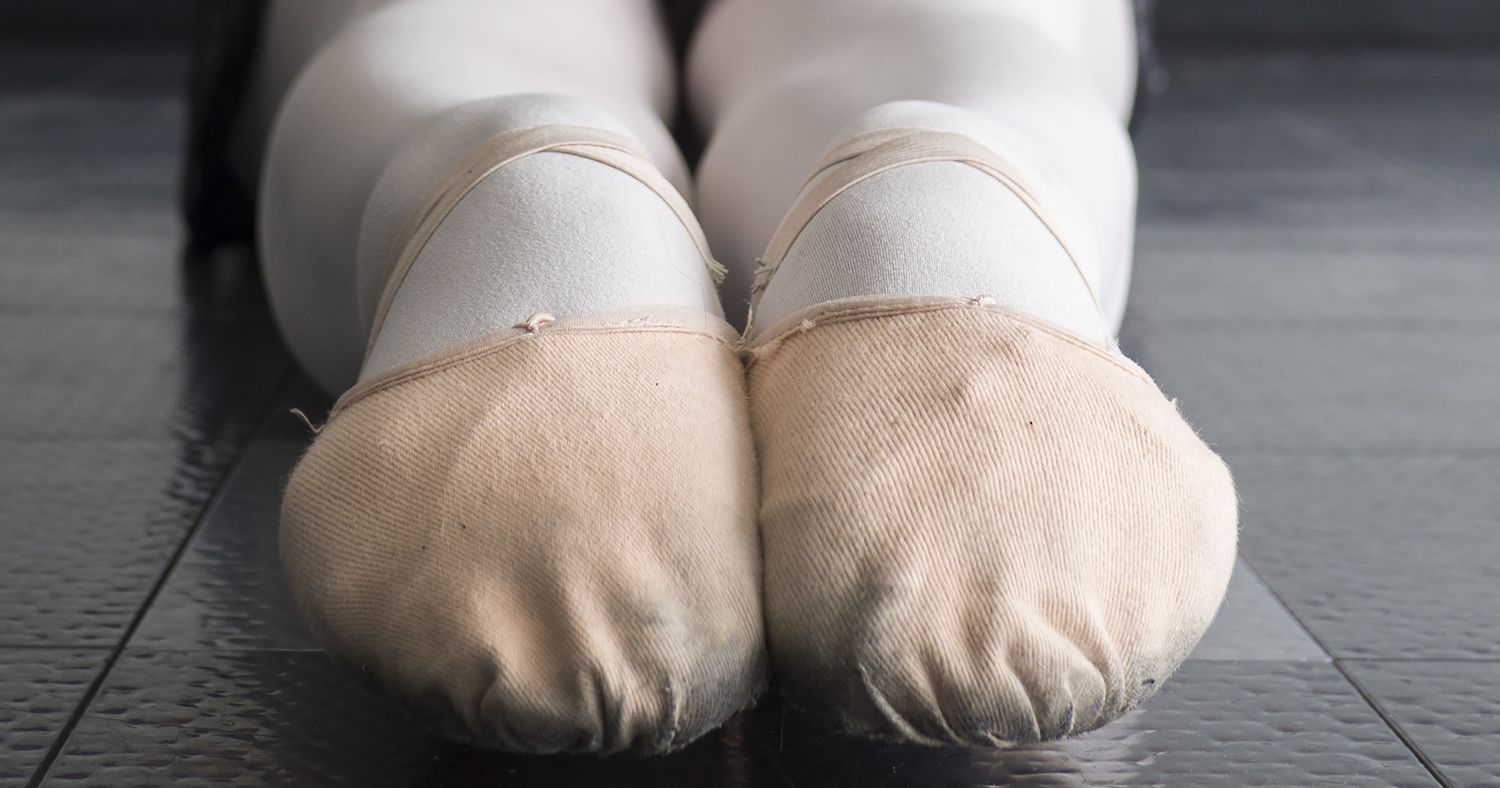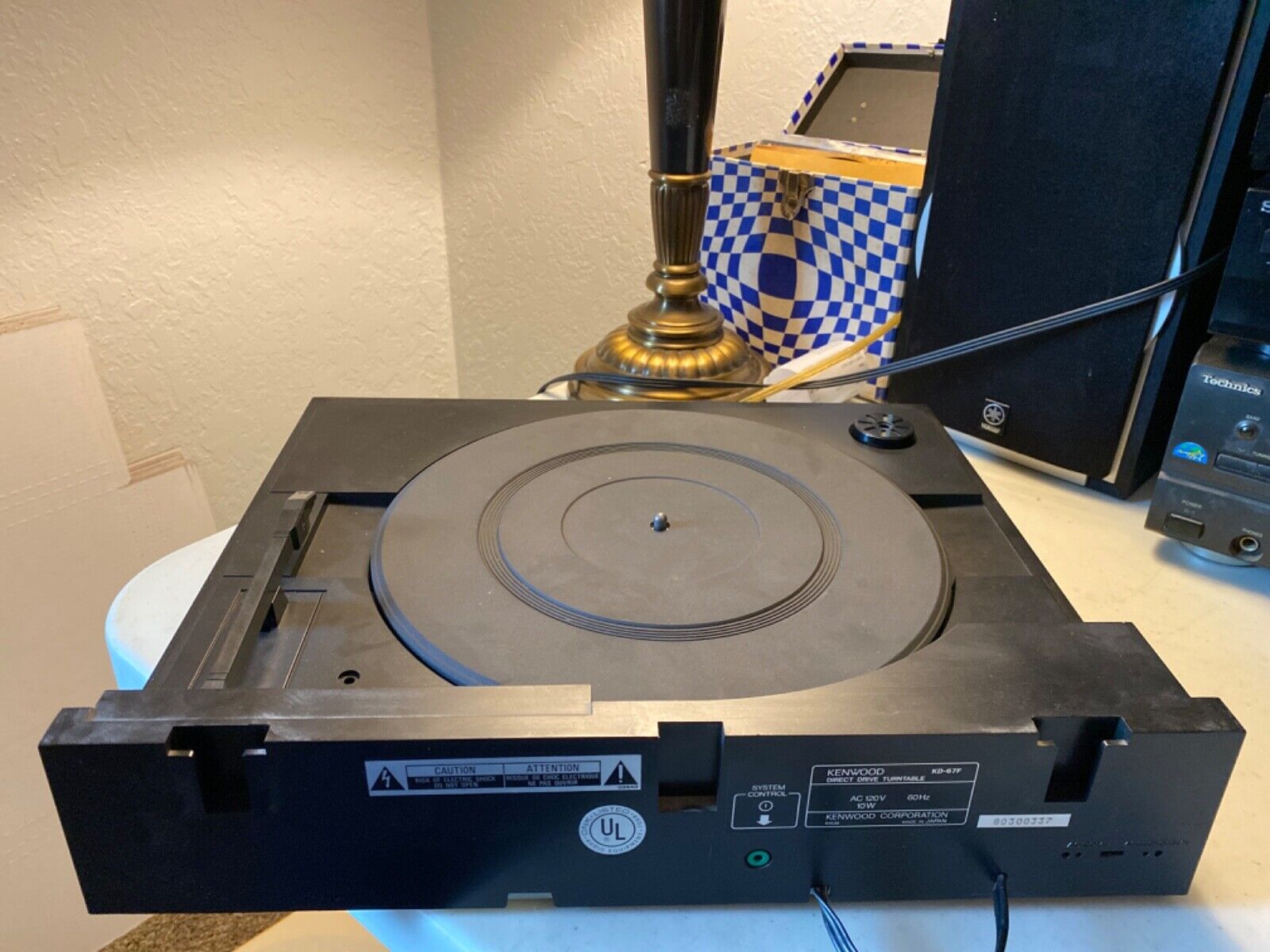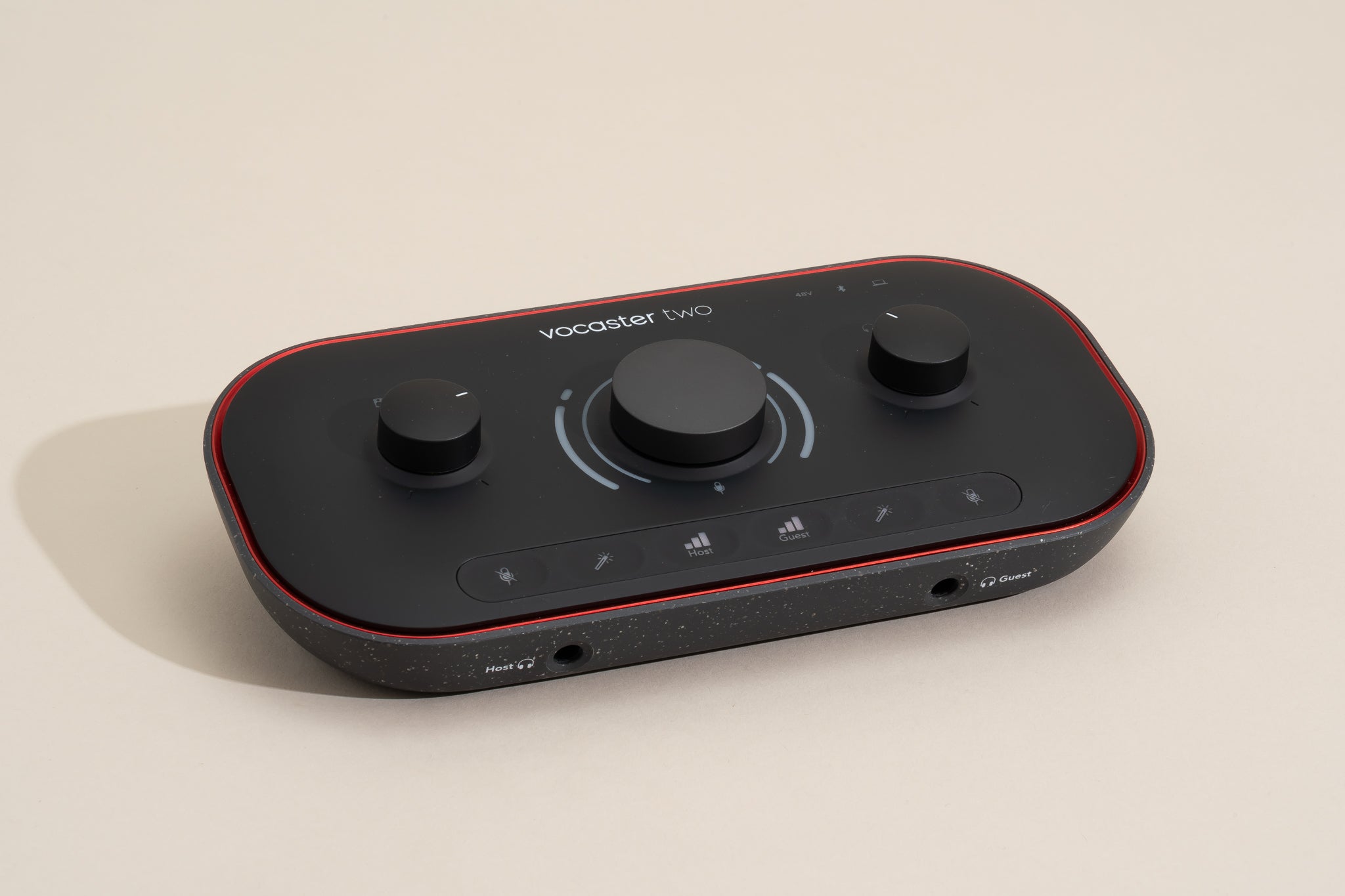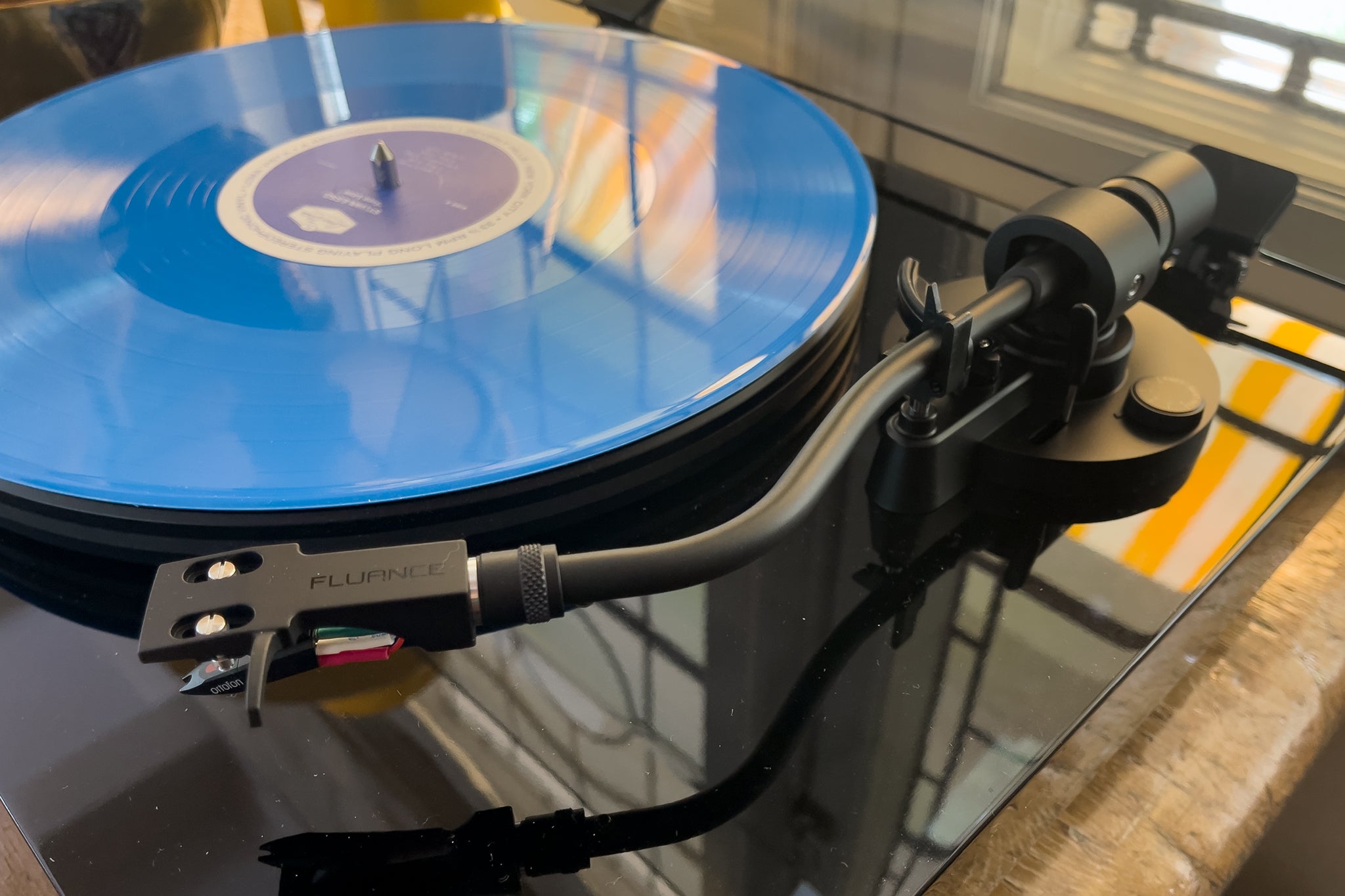Home>Devices & Equipment>Turntable>How Long Does A Turntable Stylus Last
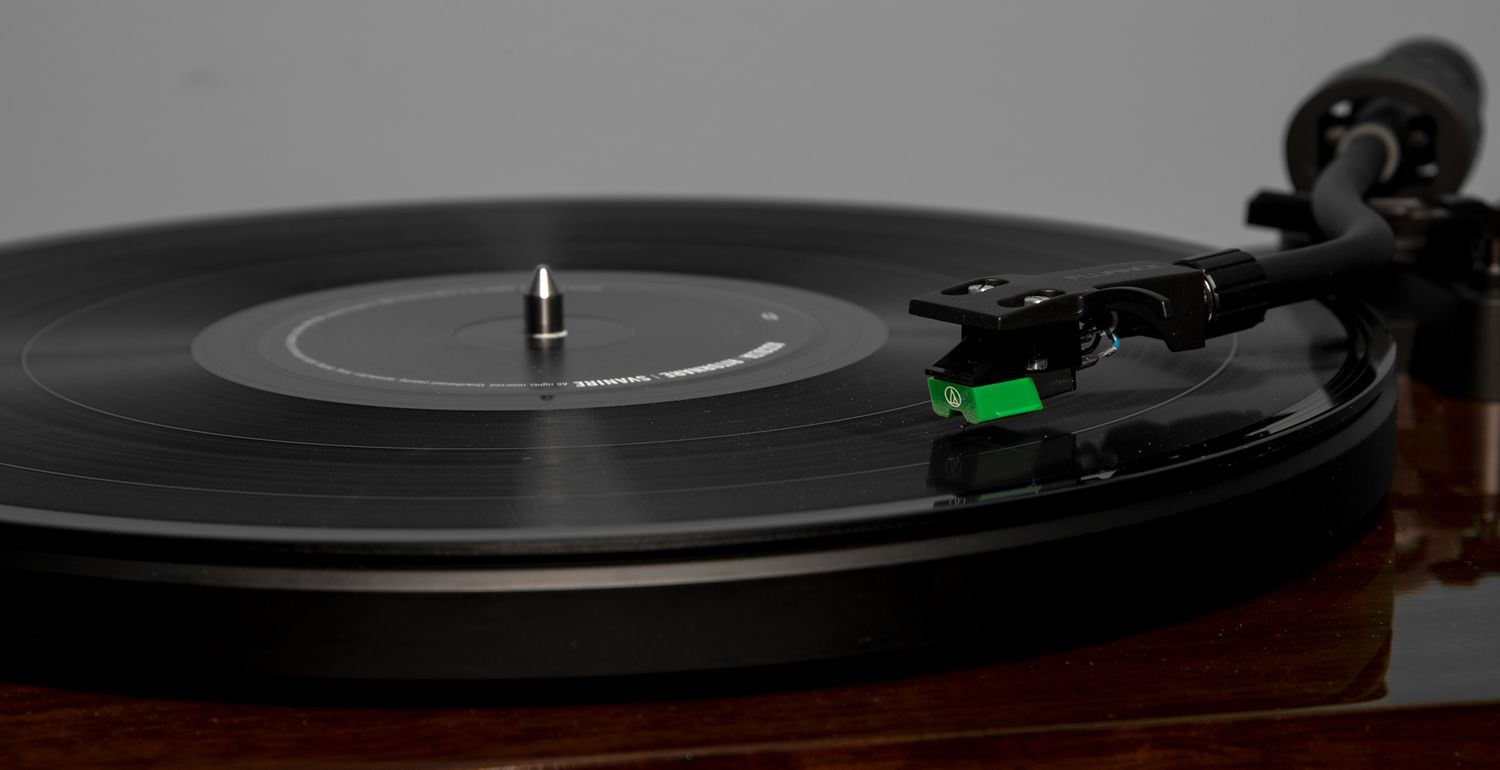

Turntable
How Long Does A Turntable Stylus Last
Modified: January 22, 2024
The lifespan of a turntable stylus, commonly referred to as a needle, varies depending on usage and maintenance. Learn more about how long a turntable stylus typically lasts and how to prolong its lifespan.
(Many of the links in this article redirect to a specific reviewed product. Your purchase of these products through affiliate links helps to generate commission for AudioLover.com, at no extra cost. Learn more)
Table of Contents
Introduction
When it comes to enjoying the rich, warm tones of vinyl records, a turntable is an essential piece of equipment. And at the heart of any turntable is the stylus, the small needle-like component that makes contact with the grooves on the record and produces the sound. But have you ever wondered how long a turntable stylus lasts?
The lifespan of a turntable stylus can vary depending on several factors, including usage, maintenance, and the type of stylus being used. In this article, we’ll explore the different types of turntable stylus and discuss the factors that can affect their lifespan. We’ll also look at the signs that indicate your stylus may need to be replaced and provide tips on how to prolong its lifespan.
Whether you’re a seasoned vinyl enthusiast or new to the world of turntables, understanding the lifespan of a turntable stylus is important for both optimal audio quality and preserving your precious vinyl collection.
What is a turntable stylus?
A turntable stylus, also known as a needle, is a crucial component of a turntable’s cartridge. It is responsible for tracing the grooves on the vinyl record, converting the physical movement into an electrical signal, and ultimately producing the sound that we hear. The stylus is typically made from a small diamond or a diamond-tipped metal needle, which delicately glides along the record’s surface.
The design of the stylus has evolved over the years, resulting in various types to cater to different audio preferences and playback systems. The two main types of turntable styli are moving magnet (MM) and moving coil (MC) styli.
1. Moving Magnet (MM) Stylus: A common type of stylus found in entry-level to mid-range turntables, the MM stylus features a small magnet attached to the cantilever, which is moved by the vibrations of the stylus tip in the record’s grooves. This magnetic movement generates the electrical signal that is sent to the turntable’s phono preamp for amplification.
2. Moving Coil (MC) Stylus: Typically found in high-end and audiophile-grade turntables, the MC stylus operates differently from the MM stylus. Instead of having a magnet attached to the cantilever, the MC stylus has a tiny coil of wire that moves within a magnetic field. This coil generates an electrical signal that is then sent to the phono preamp for amplification. MC styli are known for their exceptional detail retrieval and accuracy, making them a popular choice among audio enthusiasts.
In addition to the MM and MC styli, there are also variants such as elliptical, conical, and microlinear styli. These variations refer to the shape of the stylus tip, with each shape offering different characteristics in terms of tracking ability, durability, and sound quality.
Overall, the turntable stylus plays a crucial role in the playback of vinyl records. Its design and type can greatly impact the overall audio quality and tracking ability of the turntable, making it an important consideration for audiophiles and music enthusiasts.
Factors that affect the lifespan of a turntable stylus
The lifespan of a turntable stylus can vary significantly depending on several factors. Understanding these factors can help you maintain and prolong the lifespan of your stylus. Here are key factors that can impact the longevity of a turntable stylus:
1. Usage: The amount of time you spend playing records directly affects the lifespan of your stylus. The more you use your turntable, the more wear and tear the stylus will experience. Long listening sessions or frequent DJ use can put additional stress on the stylus, potentially shortening its lifespan.
2. Record Collection: The condition of your record collection can also impact the lifespan of your stylus. Dust, debris, and dirt particles that accumulate on records can cause excessive wear on the stylus. Cleaning your records regularly with a carbon fiber brush or record cleaning solution can help prevent premature wear.
3. Tracking Force: Each stylus has a recommended tracking force, which is the downward pressure exerted on the stylus as it tracks the record. Setting the tracking force too high can cause excessive wear on the stylus tip, while setting it too low can lead to inaccurate tracking and distortion. It’s important to follow the manufacturer’s recommendations and regularly check and adjust the tracking force as needed.
4. Alignment: The alignment of the stylus within the cartridge also plays a role in its lifespan. Improper alignment can cause uneven wear on the stylus, leading to premature degradation. Ensuring proper alignment, either through alignment protractors or professional setup, can help prolong the stylus’s lifespan.
5. Tracking Material and Shape: The material and shape of the stylus tip can impact its durability and longevity. Diamond tips are commonly used due to their hardness and ability to withstand the rigors of record playback. Different shapes, such as conical, elliptical, or microlinear, offer varying levels of tracking ability and wear resistance. Choosing a stylus tip that matches your playback needs and taking care of its maintenance is essential for prolonging its lifespan.
6. Cleaning and Maintenance: Proper cleaning and maintenance of your stylus can significantly impact its lifespan. Regularly removing dust and debris buildup from the stylus with a specialized stylus brush or cleaning solution can help prevent unnecessary wear. It is important to clean the stylus gently and avoid applying excessive pressure, as this can damage the delicate tip.
Awareness of these factors and taking appropriate measures to mitigate their effects can help prolong the lifespan of your turntable stylus. By practicing good maintenance and careful usage, you can ensure optimal sound quality and preserve the lifespan of your cherished record collection.
Types of turntable stylus
When it comes to turntable stylus, there are various types available, each offering different characteristics and sound qualities. Understanding the different types can help you choose the right stylus for your turntable setup. Here are the main types of turntable stylus:
1. Conical Stylus: The conical stylus is one of the most common and affordable types. It has a rounded shape, allowing it to make contact with a large portion of the record’s groove. Conical stylus is known for its durability and ability to handle records with worn or uneven grooves. However, it may sacrifice some detail and accuracy in sound reproduction compared to other stylus types.
2. Elliptical Stylus: The elliptical stylus features a more elongated shape, allowing for better contact with the record groove. This shape allows for improved tracking ability and greater accuracy in sound reproduction. Elliptical stylus is a popular choice among audiophiles due to its ability to extract more detail and deliver a more dynamic sound.
3. Microline Stylus: The microline stylus, also known as a line contact stylus, has an even more refined shape. It features a very narrow contact area with the record’s groove, resulting in superior tracking ability and excellent high-frequency response. The microline stylus is highly regarded for its ability to retrieve fine details from the vinyl grooves, providing a more precise and lifelike sound reproduction.
4. Shibata Stylus: The Shibata stylus is a specialized type of stylus with a stylus profile that resembles a triangle with curved sides. This shape allows for exceptional tracking ability and low record wear. The Shibata stylus is known for its ability to reproduce high frequencies with detail and accuracy, making it a popular choice for audiophiles and enthusiasts who prioritize fidelity and precision.
5. Specialty Stylus: Apart from the commonly used conical, elliptical, microline, and Shibata stylus, there are also specialty stylus types designed for specific purposes. Some examples include the spherical stylus for 78 RPM records, the 78 RPM stylus for playing shellac records, and the hyperelliptical stylus for superior tracking ability and sonic performance.
Each type of stylus has its own advantages and considerations. The choice of stylus depends on your budget, audio preferences, and the condition of your record collection. It’s important to match the stylus type with your turntable and cartridge specifications for optimal performance and longevity.
Remember, choosing the right stylus and taking proper care of it are essential for maintaining the sound quality and longevity of your turntable stylus, allowing you to fully enjoy the magic and warmth of vinyl records.
Signs that your turntable stylus needs to be replaced
As with any component, turntable styli experience wear and tear over time and will eventually need to be replaced. Recognizing the signs that your stylus needs replacement is crucial to maintain optimal audio quality and prevent damage to your records. Here are some common signs indicating that it may be time to replace your turntable stylus:
1. Poor Sound Quality: If you notice a decline in the sound quality of your records, such as muffled or distorted audio, it could be a sign that the stylus is worn or damaged. A worn stylus may struggle to accurately track the grooves, resulting in poor sound reproduction.
2. Skipping or Jumping: If your stylus is skipping or jumping across the record, it’s a clear indication that it is not tracking properly. This can be caused by a dull or worn out stylus, inadequate tracking force, or improper stylus alignment. Replacing the stylus can help resolve this issue.
3. Excessive Surface Noise: A worn stylus can generate more surface noise, including pops, crackles, and static. If you notice an increase in surface noise during playback, it may be time to replace the stylus to restore a cleaner and quieter listening experience.
4. Uneven Wear on Records: Inspect your records for signs of uneven wear. If you notice that certain sections of the record’s grooves appear more worn or distorted compared to others, it could be a result of an imbalanced or damaged stylus. Replacing the stylus can help prevent further damage to your records.
5. Visible Damage to the Stylus: The physical condition of the stylus can also be a telltale sign of its lifespan. If you notice visible signs of damage, such as a bent or broken tip, it’s time to replace the stylus. Continuing to use a damaged stylus can not only degrade sound quality but can also cause irreparable damage to your records.
6. Recommended Replacement Period: It’s important to keep in mind the recommended replacement period for your stylus. Most manufacturers provide guidelines on how long a stylus is expected to last before needing replacement. Following these recommendations can help ensure optimal performance and prevent unnecessary wear on your records.
Remember, a worn or damaged stylus not only compromises sound quality but can also cause permanent damage to your precious vinyl collection. Regularly inspecting your stylus and being aware of these signs can help you determine when it’s time for a replacement, allowing you to continue enjoying your vinyl records to their fullest potential.
How to prolong the lifespan of a turntable stylus
Taking proper care of your turntable stylus is essential for prolonging its lifespan and ensuring optimum performance. Here are some tips to help you extend the longevity of your stylus:
1. Proper Cleaning: Regularly clean your records to prevent dirt, dust, and debris from accumulating on the stylus. Use a carbon fiber brush or record cleaning solution to gently remove any particles that may cause unnecessary wear.
2. Avoid Contaminants: Keep your stylus away from contaminants that could damage it, such as touching it with fingers or brushing it against other surfaces. Even small particles or oils can affect the performance and lifespan of the stylus.
3. Set Correct Tracking Force: Ensure that the tracking force of your stylus is properly set according to the manufacturer’s recommendations. Too much or too little pressure can cause premature wear or tracking issues. Use a precision tracking force gauge to achieve the optimal setting.
4. Careful Handling: When handling your turntable and the stylus, always exercise caution. Avoid dropping the stylus or applying excessive pressure. Mishandling can cause irreparable damage to the delicate stylus tip.
5. Check Record Condition: Examine your records for any signs of damage, such as deep scratches or warps. Playing records in poor condition can accelerate stylus wear. Properly store and handle your records to preserve their quality and minimize wear on the stylus.
6. Check Stylus Alignment: Regularly check and align your stylus to ensure that it is properly aligned with the record grooves. Proper alignment minimizes unnecessary strain on the stylus and improves tracking accuracy.
7. Avoid Continuous Play: Give your turntable stylus periodic breaks to prevent excessive heat buildup from continuous play. Extended play sessions can generate excessive heat, which may affect the longevity of the stylus and the sound quality.
8. Use a Stylus Guard: Consider using a stylus guard when the turntable is not in use. A stylus guard protects the stylus from accidental damage, dust, and debris. It is a simple but effective way to extend the lifespan of your stylus.
9. Regular Maintenance: Keep your turntable well-maintained by regularly cleaning and lubricating mechanical components. A well-maintained turntable reduces the risk of excessive vibration and mechanical stress on the stylus.
By following these tips, you can significantly prolong the lifespan of your turntable stylus. Maintaining a clean, properly aligned stylus and practicing careful handling will not only enhance the longevity of your stylus but also ensure high-quality sound reproduction and enjoyment of your vinyl collection for years to come.
Conclusion
The turntable stylus is a critical component in the playback of vinyl records, translating the grooves into the beautiful sounds that resonate with music enthusiasts. Understanding the factors that affect the lifespan of a turntable stylus and taking appropriate measures to prolong its longevity is essential for maintaining optimal audio quality and preserving your cherished vinyl collection.
In this article, we explored what a turntable stylus is and the different types available, including the popular conical, elliptical, microline, and Shibata stylus. We discussed the factors that can impact the lifespan of a stylus, such as usage, record condition, tracking force, alignment, and cleaning and maintenance practices.
We also highlighted the signs that indicate when a stylus needs replacement, such as poor sound quality, skipping or jumping, excessive surface noise, uneven wear on records, visible damage to the stylus, and the recommended replacement period provided by manufacturers.
To prolong the lifespan of your turntable stylus, we provided tips on proper cleaning techniques, avoiding contaminants, setting the correct tracking force, careful handling, checking record condition, stylus alignment, avoiding continuous play, using a stylus guard, and regular maintenance of your turntable.
By following these guidelines, you can ensure that your turntable stylus delivers optimal performance and longevity, allowing you to enjoy the rich, warm sound of vinyl records for years to come.
Remember, maintaining a clean stylus, proper alignment, and careful handling are vital for preserving the sound quality of your records and maximizing the lifespan of your stylus. By taking these precautions and investing in regular maintenance, you can continue to indulge in the magic and nostalgia of vinyl records, appreciating their unique sound and enduring appeal.



